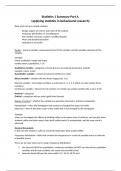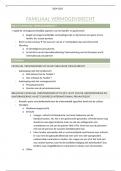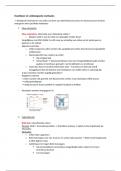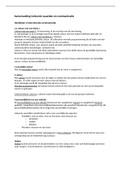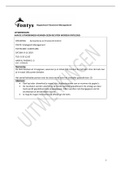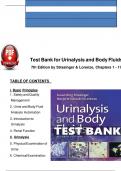Samenvatting
Summary Part A Statistics 1 (Applying Statistics in Behavioural Research)
- Instelling
- Radboud Universiteit Nijmegen (RU)
This document contains the summary of part A of the statistics 1 course of B1 psychology. It was written in 2023 and based on the book Applying Statistics in Behavioural Research by Jules L. Ellis.
[Meer zien]
